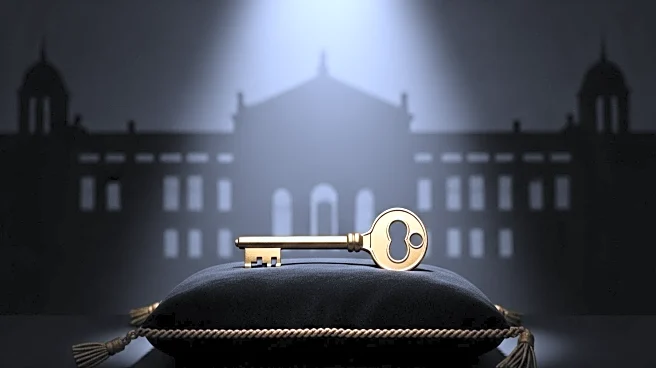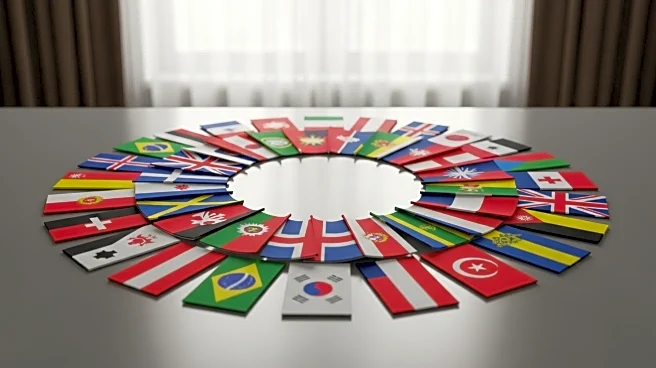What's Happening?
The University of Chicago's Board of Trustees has announced the extension of President Paul Alivisatos' appointment through June 2030. Alivisatos, who has been leading the university since September 2021, is recognized for his ambition and clear direction as the institution's 14th president. The board praised his leadership during a period marked by significant challenges and opportunities in higher education. This decision comes as the university faces financial difficulties, including a $288 million budget deficit in 2024. In response, the university has implemented a $100 million spending cut, affecting staff, administrative structures, and some graduate programs. Despite these challenges, the university has seen achievements under Alivisatos, such as the launch of new interdisciplinary programs and a rise in U.S. News & World Report's college rankings.
Why It's Important?
The extension of President Alivisatos' term is significant as it reflects the university's confidence in his leadership during a financially turbulent time. The decision underscores the importance of stable leadership in navigating fiscal challenges and maintaining the university's academic reputation. The financial strain faced by the University of Chicago is part of a broader trend affecting higher education institutions nationwide, exacerbated by federal policy changes under the Trump administration. These challenges include reduced research funding and shifting international student policies. The university's ability to manage its budget deficit while maintaining academic excellence will be crucial for its long-term sustainability and competitiveness.
What's Next?
Moving forward, the University of Chicago will need to continue addressing its financial challenges while preserving its academic standards. The administration may explore additional cost-saving measures or seek alternative funding sources to mitigate the budget deficit. Stakeholders, including faculty, students, and alumni, will likely be involved in discussions about the university's strategic direction. The broader higher education community will be watching closely to see how the university navigates these challenges and whether its strategies can serve as a model for other institutions facing similar issues.










